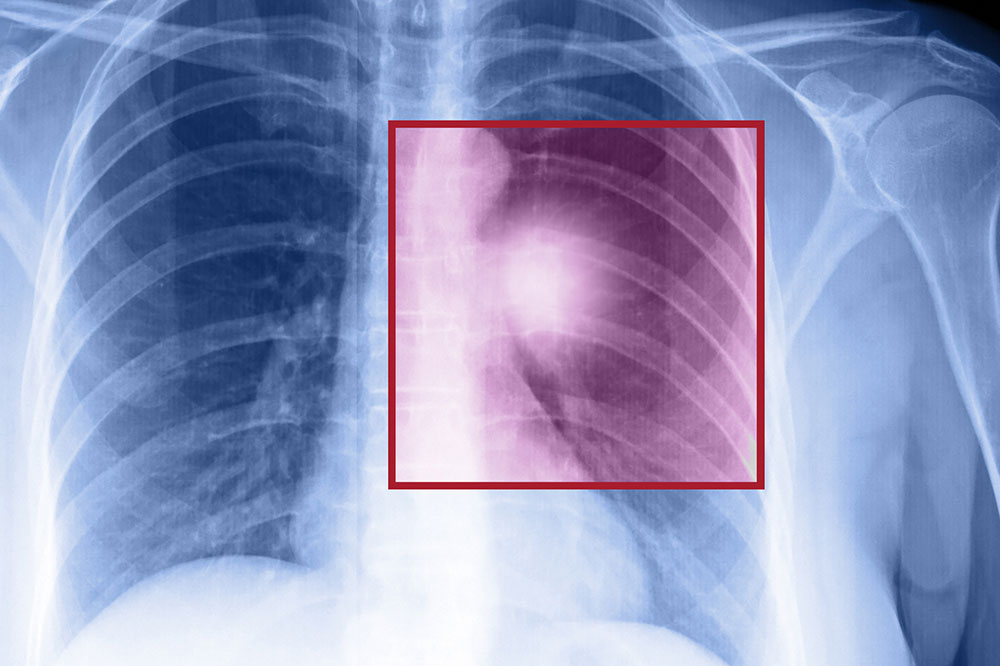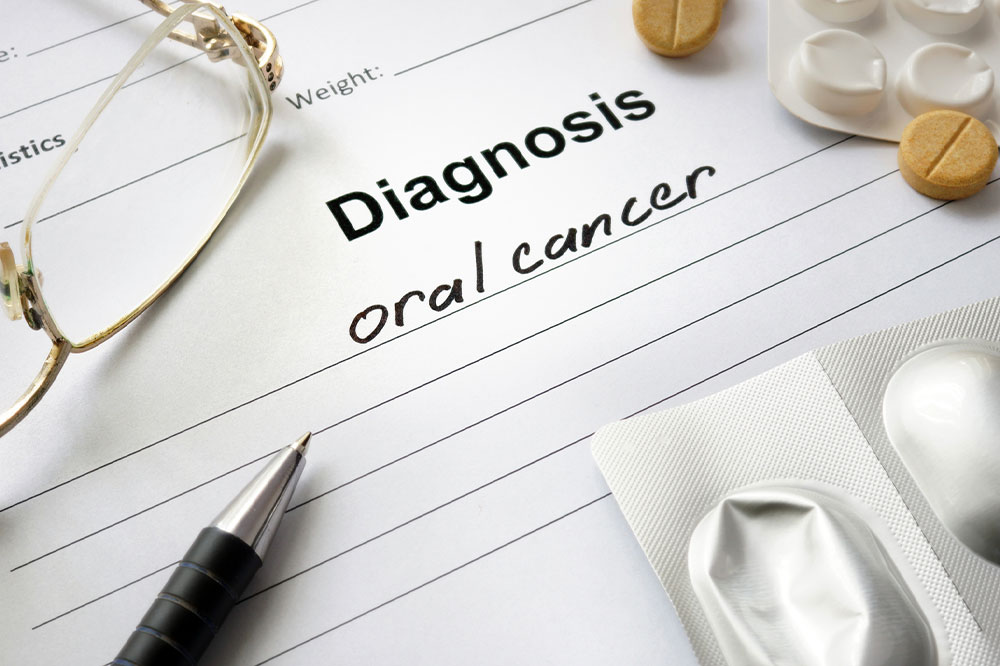Comprehensive Guide to Colon Cancer: Key Questions and Critical Insights
This comprehensive guide provides in-depth insights into colon cancer, covering its types, symptoms, risk factors, and treatment options. Understanding these key aspects empowers individuals to detect early signs and seek prompt medical care, enhancing prognosis and survival rates. The article also highlights the roles of various healthcare professionals involved in managing colon cancer, emphasizing the importance of regular screenings and lifestyle changes for prevention and early detection. Aimed at educating readers, this content offers valuable information for those looking to understand colon cancer comprehensively.

Comprehensive Guide to Colon Cancer: Key Questions and Critical Insights
Essential information about colon cancer
Colon cancer remains one of the most common and serious forms of cancer worldwide. Understanding its origins, symptoms, risk factors, and treatment options is crucial for early detection and effective management. The disease generally begins with the formation of polyps—small growths on the inner lining of the colon. While many polyps are benign, some hold the potential to develop into malignant tumors over time. In addition to polyps, colon cancer can originate from abnormal growths within the colon's mucosal layer, driven by uncontrolled cell proliferation. Gaining a thorough understanding of these processes enables individuals and healthcare providers to take proactive measures in screening, diagnosis, and treatment.
What types of colon cancer are recognized in medical classifications?
Adenocarcinomas: The most predominant form, representing approximately 95% of all colon cancer cases, arises from glandular cells lining the colon. This type tends to develop slowly over years and can be detected early through screening methods such as colonoscopy.
In addition to adenocarcinomas, there are other less common but significant types:
Gastrointestinal Stromal Tumor (GIST): These arise from the mesenchymal tissue of the colon's muscular layers. GISTs can be benign or malignant and have the potential to metastasize if not treated promptly.
Lymphoma: Originates from lymphoid tissues within or near the colon and rectum. Lymphomas are related to the immune system and can be Hodgkin or Non-Hodgkin types, which sometimes involve the gastrointestinal tract as primary sites.
Carcinoids: These neuroendocrine tumors grow slowly, often starting in the appendix, stomach, or small intestine but also appearing in the colon and rectum. While typically indolent, they can become problematic as they enlarge or metastasize.
Recognizing the symptoms: How does colon cancer present?
Symptoms of colon cancer are categorized as those local to the affected area or systemic, affecting the entire body:
Localized symptoms include: Changes in bowel habits such as diarrhea, constipation, or alternating patterns; the presence of blood in stool; abdominal discomfort like cramping, bloating, or a feeling of fullness; unexplained weight loss; and stools that are narrower than normal, indicating possible obstruction or growth.
Systemic symptoms encompass: Persistent fatigue; unexplained weight loss; nausea or vomiting; signs of anemia such as pallor or weakness; jaundice if liver metastases are present; and a general loss of appetite, leading to malnutrition.
Risk factors associated with developing colon cancer
Genetics play a significant role; a family history of colorectal or other related cancers increases risk.
Personal medical history, including inflammatory bowel disease or previous polyps, elevates susceptibility.
Lifestyle choices, such as a diet high in red and processed meats, low fiber intake, physical inactivity, smoking, and excessive alcohol consumption, contribute to risk.
Age is a critical factor—the likelihood of developing colon cancer increases significantly after age 50.
Gender differences exist; men have a marginally higher incidence compared to women.
Therapeutic options: How is colon cancer treated?
Surgical intervention: The primary treatment involves removing the tumor along with surrounding healthy tissue, which may include partial removal of the colon or rectum. Techniques vary from traditional open surgery to minimally invasive laparoscopic procedures. In cases of significant obstruction or bowel dysfunction, a colostomy may be performed. Other surgical methods include radiofrequency ablation, which uses heat to destroy cancer cells.
Radiation therapy: High-energy X-ray beams target cancerous cells. External-beam radiation and internal therapies like brachytherapy are used to shrink tumors or eliminate residual cancer post-surgery, especially in cases where surgery alone might not be sufficient.
Chemotherapy: Utilization of cytotoxic drugs aims to inhibit cancer cell division and proliferation. Chemotherapy may be administered neoadjuvantly (before surgery) to shrink tumors or adjuvantly (after surgery) to eradicate remaining cancer cells and reduce recurrence risk.
Healthcare professionals involved in colon cancer management
Gastroenterologists: Specialize in diagnosing and managing gastrointestinal issues, including conducting colonoscopies and biopsies.
Surgical oncologists: Perform complex surgical procedures to remove tumors and affected tissues.
Colorectal surgeons: Focus on surgeries related to the colon, rectum, and anus.
Radiation oncologists: Plan and administer radiation treatments tailored to tumor location and stage.
Medical oncologists: Oversee chemotherapy and targeted therapy regimens.
Early detection through screening tests like colonoscopy combined with advances in surgical and medical treatments has significantly improved the prognosis for many patients diagnosed with colon cancer. Awareness, lifestyle modifications, regular screenings, and timely medical intervention are essential components of effective management.





